Understanding Self-Driving Truck Crashes in Arkansas
Self-driving trucks have arrived..
Even as legislation lags behind, driverless trucks are hitting the roads in Texas, Florida, and Northwest Arkansas (where Tyson Foods recently began a partnership with autonomous driving company Gatik AI). What does this mean for drivers in Arkansas?
Well, if the thought of a 50,000-pound big rig barrelling down the highway with nobody behind the wheel frightens you, you’re not alone. Though self-driving trucks have a strong safety record and their technology is advancing rapidly, accidents at top companies like Waymo and TuSimple still occur, and determining who’s to blame for these accidents can become complicated.
Our team at Rainwater, Holt & Sexton is here to walk you through the essentials. We’ll explore the technology behind self-driving trucks, discuss the risks they pose to drivers in Arkansas, and help you understand what next steps to take if you’re involved in a driverless trucking accident in Arkansas.
We’re here to help.
Respect
We treat all our clients with the utmost respect.
No fee
Our No Fee Guarantee® means you pay us nothing unless we win your case.
24/7 access
You get access to our legal team anywhere, anytime.
NATIONALLY RESPECTED. LOCALLY TRUSTED.












Self-Driving Truck Technology
Self-driving trucks operate a lot like self-driving cars. A variety of sensors, like cameras, lidars, and radars, send data to computers onboard the vehicle. These computers control the car using a combination of simulation, training, and programming.
It’s important to keep in mind that, for now, many self-driving trucks will have a driver behind the wheel who is responsible for monitoring the progress of the truck and intervening if trouble arises. The Society of Automotive Engineers (SAE) defines six levels of driving automation:
- 0: No Automation – A human performs all driving tasks
- 1: Driver Assistance – The vehicle has one automated system (e.g. cruise control)
- 2: Partial Automation – The vehicle can steer and accelerate under human supervision
- 3: Conditional Automation – The vehicle performs most driving tasks, but a person still needs to be behind the wheel
- 4: High Automation – Under certain circumstances, the vehicle performs all driving tasks, but a person can still intervene
- 5: Full Automation – The vehicle performs all driving tasks in all conditions, with no human interaction or attention required
Most self-driving trucks today are either level 2 or level 3, so human involvement and attention is required for safety. However, many companies are developing level 4 and level 5 vehicles, making it likely that completely driverless trucks will be on the highways before 2030.
Compared to passenger cars, large trucks may be better self-driving vehicles because their size allows for the mounting of sensors higher off the ground, offering an improved field of view.
Trucks need to be able to see and sense conditions much further in advance than passenger vehicles. Because of their weight,they need additional time to stop to avoid serious accidents, and they’re often traveling sixty miles an hour or faster on our nation’s highways. Cameras in leading autonomous trucks can see up to 1,000 yards ahead to scan for traffic and hazards on the road.
Because 95 percent of commercial truck routes involve driving on interstate and freeways, their autonomous systems are quickly becoming viable for longer trucking routes.. Self-driving cars must account for urban settings and be able to stop suddenly for pedestrians or distracted drivers that run red lights. Commercial driving vehicles on the open highway often do not need to account for such unexpected events.
How Do Self-Driving Truck Routes Work?
While the logistics of automated trucking continue to evolve, many trucking companies are leaning into a “hub-to-hub” model to maximize safety and efficiency.
In this model, a fully loaded truck will drive autonomously from one hub (for example, Dallas) to another (for example, Houston). Once they arrive at their hub, these trucks will park and wait for a human truck driver to take them to their final, local destination.
Generally, technology for self-driving trucks is advancing faster than state legislation — however, at least two dozen states (including Arkansas) allow for driverless operations. Independent trucking companies must register their technology in multiple states and comply with the various rules of each county and municipality.
Legislators and advocates (both those in favor of and against self-driving trucks) are paying close attention to developments in the safety and viability of autonomous trucking, and our team at Rainwater, Holt & Sexton expects the legal landscape to continue to shift alongside advancements in technology.
Risks of Self-Driving Trucks
Despite their cutting-edge technology , self-driving trucks can be dangerous. “Drivers” of self-driving trucks need to remain alert and focused on the road at all times. That way, when a hazardous condition arises, they can take the wheel and maneuver the truck safely. Unfortunately, as the truck drives smoothly on the open road, many drivers get bored and look for other ways to keep themselves entertained. Using cellphones, napping, or even watching movies may be ways that truck drivers keep themselves engaged while the truck drives. When an emergency occurs, they are then unable to steer the truck out of harm’s way.
Another risk of self-driving trucks is that their software may be a prime target for hackers or domestic terrorists. If the software system is hacked, the hackers can take control of the truck or even cause accidents themselves.
Let’s review two recent examples of collisions to better understand the dynamics of a self-driving truck crash.
Waymo Self-Driving Truck Crash | May 5, 2022
As Waymo’s self-driving truck hauled a trailer northbound on I-45 toward Dallas, Texas, another truck entered the lane right in front of it, pushing Waymo’s truck off the highway and into a guardrail on the side of the road.
Though there was a driver behind the wheel of Waymo’s vehicle, they didn’t intervene as the truck made its way off the road. The driver was taken to the hospital with moderate injuries.
Waymo wasn’t found to be at fault for the accident, but the incident did highlight how autonomous vehicles have trouble navigating errors from other drivers. At the end of the day, self-driving truck crashes will always be a possibility, because the nature of driving is so unpredictable.
TuSimple Self-Driving Truck Accident | April 6, 2022
Unlike Waymo, TuSimple was found to be at fault for a crash that occurred on the I-10 in Tucson, Arizona.
While traveling at a high speed on I-10, a semi-trailer truck operated by TuSimple suddenly veered left, cutting through a lane of traffic and slamming into the concrete highway divider. Fortunately, no one was injured in the collision, but it did provide an example of how advanced autonomous driving technology can still make serious mistakes.
In this instance, the truck executed a left turn because of a 2.5-minute old command in its autonomous driving system — a command that should have been wiped from the system long before. Initially, TuSimple blamed the crash on driver error (for failing to reboot the system properly), but eventually acknowledged that faulty technology played a part. Their driving system shouldn’t have followed an old command, and safeguards should have been in place to prevent sharp turns at high speeds.
TuSimple grounded its fleet and swiftly made software fixes. Still, it’s crucial that Arkansas drivers be aware that self-driving technology is imperfect and remain alert and focused when driving next to big trucks on Arkansas’ highways.
Who is Liable in a Self-Driving Truck Crash?
When a self-driving truck gets into an accident with another vehicle, pedestrian, or bicyclist, multiple parties can share the blame.
- Truck driver. As in most truck accidents, the truck driver may be to blame, especially if they were supposed to navigate the vehicle around hazardous conditions. If they were under the influence of drugs or alcohol, distracted, or fatigued at the time of the crash, they might be held accountable.
- Trucking company. The self-driving trucking company or truck owner may also be to blame. If they failed to perform necessary maintenance or if their software failed, they can be held accountable for the accidents their trucks caused.
- Shipping company. In some cases, the shipping company may be to blame if they improperly loaded the cargo or failed to secure the freight properly.
- Manufacturers. Defective trucking parts or software can make the trucking manufacturer or part manufacturer liable for the accident. Product defects are taken seriously because they can jeopardize consumers everywhere.
Self-driving trucks are new, and the chain of liability is not always clear after an accident. These accidents need to be investigated thoroughly to ensure that all responsible parties are held accountable.
Self-driving truck accidents are rare.But as the technology evolves and more and more driverless trucks hit the streets, accidents involving self-driving trucks will inevitably increase. At Rainwater, Holt & Sexton, our truck accident attorneys stay abreast of all local and state trucking laws and regulations. We realize that the trucking industry is changing and that new technology will further this change, and we’re committed to navigating these changes with prudence and care.
Accident Injury Law Resources
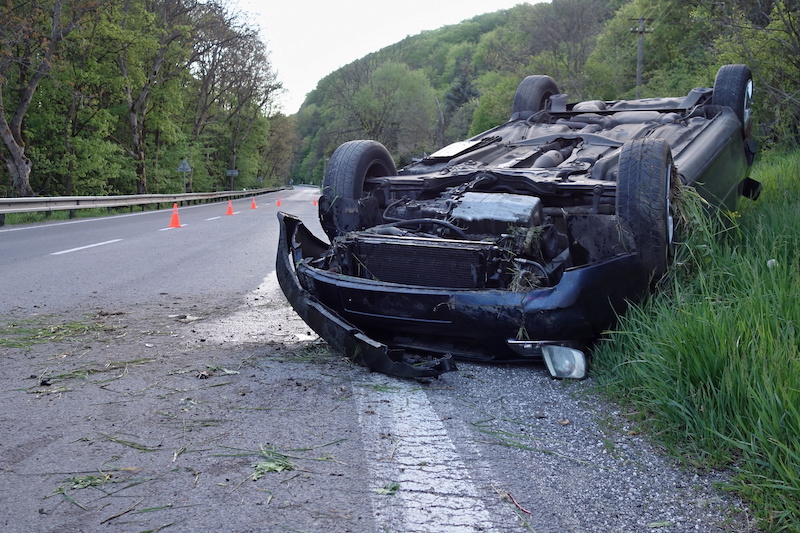
Understanding Vehicle Rollovers: A Comprehensive Guide
Rollover accidents can be severe and complex — drivers must understand how they can happen, how to avoid them, and

What Happens To Your Body In A Car Crash?
A car crash can have significant physical and emotional effects on you—so it’s important that you have time to focus
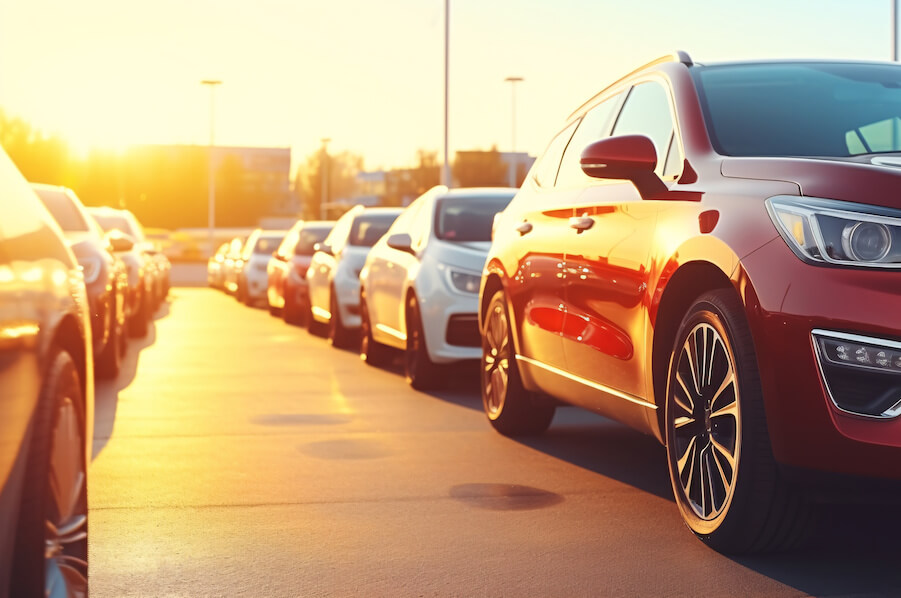
What Happens if You Crash a Leased Car?
After getting into an accident with a leased car, you should make sure that everybody involved is safe, then report

What to Do if the Other Driver Leaves the Scene of an Accident
If you get into an accident and the other driver leaves the scene, the first thing you should do is

How Much Money Can You Get From a Car Accident?
While the typical car accident settlement will fall between $5,000 and $100,000, your specific recovery could range from a few

What Happens if Someone Else Is Driving Your Car and Gets in an Accident?
In Arkansas, insurance generally follows the vehicle: So, if you give someone permission to use your car and they crash

Dog Bite
If you suffered an injury from a dog bite attack, you should be able to focus on healing. Our team

Average Car Accident Settlement Amount
Many factors influence the settlement you’ll receive after a car accident. Because no two accidents or injuries are identical, it’s difficult

Understanding Head Injuries from Car Accidents
If you’ve suffered a head injury in a car accident, you’re not alone. According to the Centers for Disease Control

What to Do After a Car Accident in Arkansas
Immediately after a car accident, you should turn on your hazard lights, get to safety, and try to remain calm.
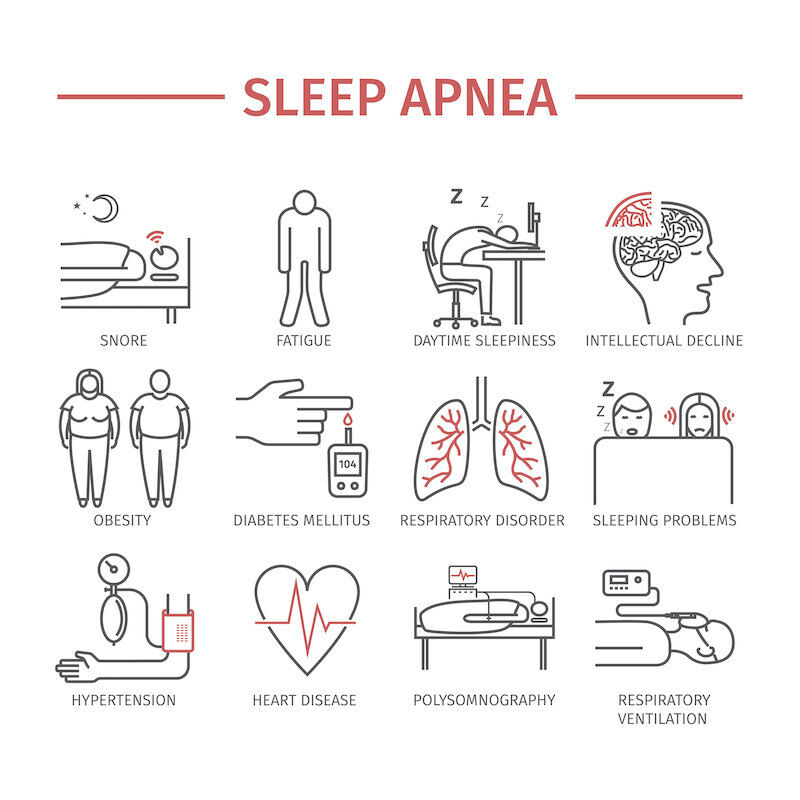
Common Causes : Truck Sleep Apnea
Every year, there are 15 million commercial trucks on our nation’s roads. These trucks transport over 70 percent of our country’s
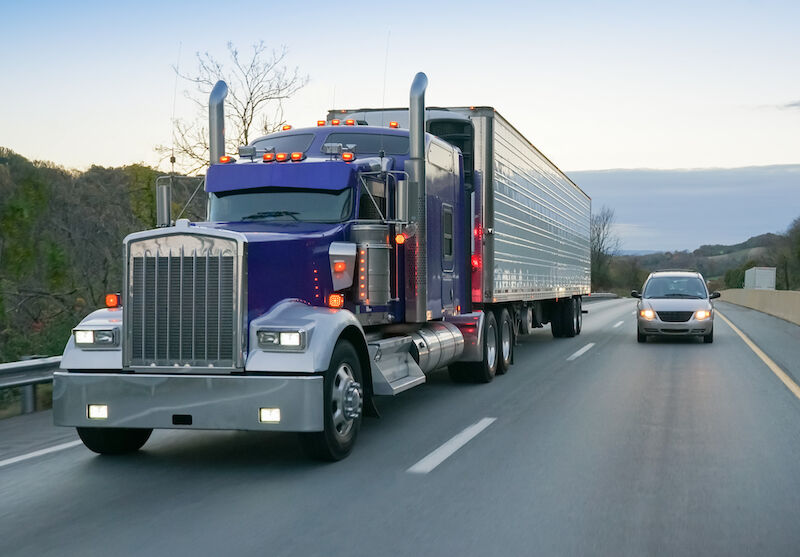
Safety Tips to Prevent Truck Accidents
Across the United States, there was an increase in the number of trucking accidents in 2016. That year alone, more than
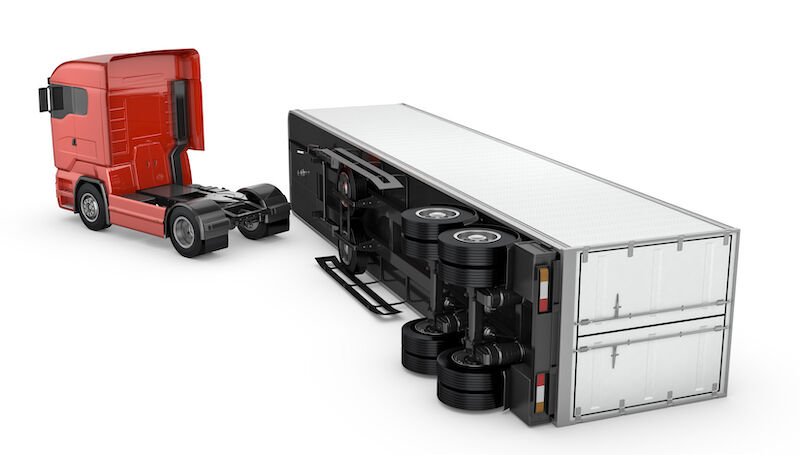
Trailer Detachment Accidents
Common Causes of Big Truck Accidents Sharing the road with large commercial trucks can be scary. After all, a fully loaded
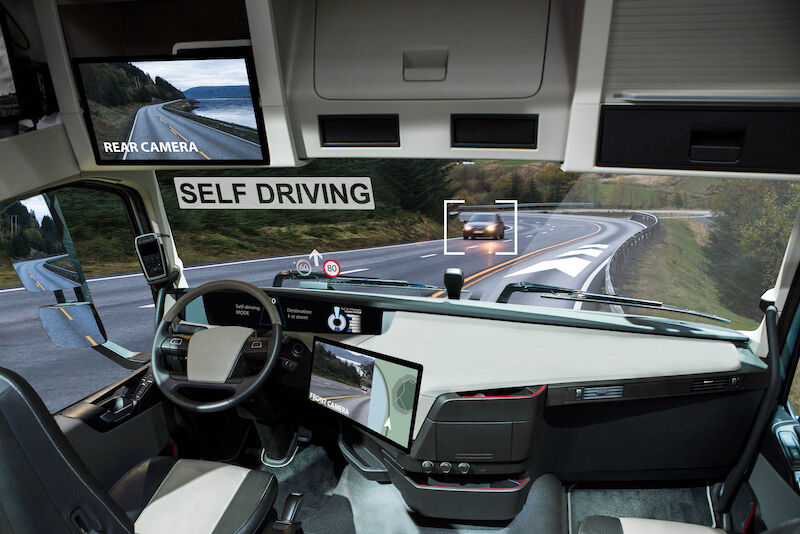
Understanding Self-Driving Truck Crashes in Arkansas
Self-driving trucks have arrived.. Even as legislation lags behind, driverless trucks are hitting the roads in Texas, Florida, and Northwest Arkansas

Your Ultimate Guide to Motorcycle Safety Gear
As a motorcyclist, there’s little standing between you and the open road. Thrilling as this may be, it’s also dangerous —
